This highly diverse facility has pioneered the development of solar energy applications worldwide. The Solar Energy and Energy Conversion Laboratory (SEECL) was unique in developing practical solar energy devices based on established principles of thermodynamics, heat transfer, and fluid mechanics long before solar energy was considered a serious energy alternative.
USA
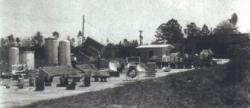
Gainesville State: FL Zip: Country: USA Website: http://www.asme.org/about-asme/history/landmarks/topics-m-z/research-and-development/-223-solar-energy-and-energy-conversion-laboratory, https://www.asme.org/getmedia/6ab985e7-a7b5-4c91-b4d7-8c32af04334c/223-Solar-Energy-and-Energy-Conversion-Laboratory.aspx Creator: Farber, Erich
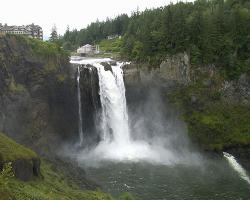
This was one of the first power facilities to demonstrate the feasibility of long distance electric power transmission. Through an elaborate switchboard at the main station, tied to similar boards at substations, a complete circuit was created to drive an electric motor 153 miles from the generator a remarkable distance at that time.
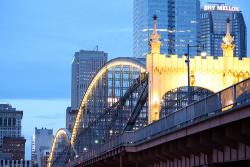
Three rivers - the Allegheny, Monongahela, and Ohio - join in Pittsburgh, making the city a natural site for the building of bridges. But the Smithfield Street Bridge stands apart from other Pittsburgh bridges for several reasons: it replaced structures by two well-known bridge engineers, Lewis Wernwag and John A. Roebling; it was the first use in America of the lenticular - or lens-shaped - truss design; and it was one of the first major bridges in the U.S. built primarily with steel.
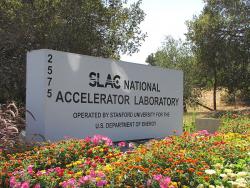
The basic research tool at SLAC is an intense beam of electrons that have been accelerated by an electric field equivalent to 30 billion volts, making this the most powerful electron beam in the world.
The two-mile linear accelerator produces this field using high-power microwaves traveling through an evacuated waveguide. Electrons injected into one end of this pipe are continuously accelerated by this traveling field to very high energies.
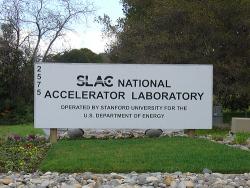
The Stanford Linear Accelerator Center was renamed in 2009 to the SLAC National Accelerator Laboratory.
Notable for: unique electromechanical devices and systems in the longest accelerator in the world
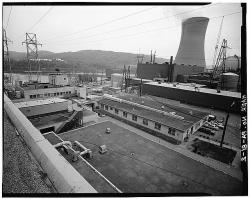
Shippingport State: PA Zip: 15050 Country: USA Website: http://www.asme.org/about-asme/history/landmarks/topics-a-l/electric-power-production-nuclear/-47-shippingport-nuclear-power-station-%281958%29, https://www.asme.org/getmedia/c64a220f-030c-4384-8336-7d9857248322/47-Shippingport-Nuclear-Power-Station.aspx Creator: Duquesne Light Company
The first commercial central electric-generating station in the United States to use nuclear energy was the Shippingport Atomic Power Station of the Department of Energy and the Duquesne Light Company. In a dramatic high-tech display, ground was broken in 1954 during dedication ceremonies by President Dwight D. Eisenhower, who also opened it on May 26, 1958, as part of his "Atoms for Peace" program. Shippingport is located on the Ohio River about 25 miles from Pittsburgh.

Sewall's Bridge is a singular example of an era when wooden trestle bridges carried highway traffic across New England waterways. It is the earliest pile-trestle bridge for which an authentic construction record exists, and the oldest for which builder's drawings survive. Spanning the York River, it was named for Major Samuel Sewall, Jr., the civil engineer who designed and constructed it.
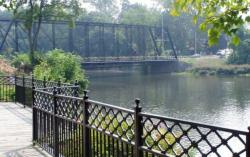
The Second Street Bridge is a simply ornamented, wrought-iron structure. It is 18 feet wide and spans 225 feet over the Kalamazoo River. It was built to replace a dilapidated wooden bridge that had served the area for nearly 50 years.
The bridge is anchored to fieldstone abutments on each shore, and the deck is composed of wood beams. Iron lattice work provides structural stability and iron finials on the end posts provide aesthetic appeal. It includes a wooden pedestrian walkway.
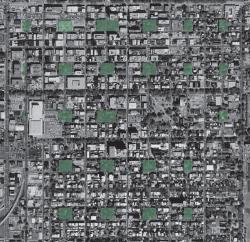
The Savannah city plan, whose execution began in 1733, is distinguished from those of previous colonial towns by the repeated pattern of connected neighborhoods, multiple squares, streets, and designed expansion into lands held by the city. It is unique in the history of urban planning in a number of aspects, not the least of which is that the squares allow for more open space in Savannah than any city layout in history.
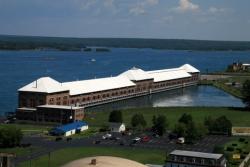
Located at the northern tip of Michigan where Lake Superior, Lake Michigan, and Lake Huron join together, the Sault Ste. Marie Hydroelectric Power Complex was built to harness the hydroelectric potential of the 20-foot falls at the headwaters of the St. Marys (sic) River, the sole outlet of Lake Superior. A century after its construction, the plant remains the largest low-head hydroelectric facility in the United States. Today, the Sault Ste. Marie plant supplies electricity to area residents, especially those in the Upper Peninsula of Michigan.
Innovations
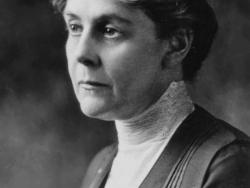
In 1897, Dr. Alice Hamilton (1869-1970) came to Hull-House, a social settlement founded to address the needs of immigrants living on Chicago’s Near West Side. Through living and working in the Hull-House neighborhood, she identified occupational diseases plaguing those who worked in the “…
Read More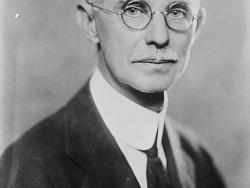
When Georgia chemist Charles Holmes Herty found a way to make quality paper from pine trees in 1932, he also founded an industry that brought much-needed jobs to the depression-crippled south. Paper producers had deemed the plentiful pine too gummy—until Herty's Savannah Pulp and Paper…
Read More
The Chemical Abstracts Service, a division of the American Chemical Society, has provided the most comprehensive repository of research in chemistry and related sciences for over 100 years. CAS innovations have fueled chemical research through development of the CAS RegistrySM and CAS databases…
Read More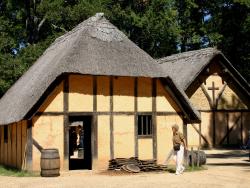
Recent archaeological evidence reveals early Virginia, which included both the Roanoke and Jamestown colonies, as the birthplace of the American chemical enterprise. Chemical processes first applied experimentally at Roanoke were re-introduced at Jamestown twenty years later.
…
Read More
Imagine a world without batteries. It would be a much different world, in which the automobile and the telephone would have developed differently and probably later, a world without many of the conveniences of modern life and without some of the necessities. The battery, ever smaller and more…
Read More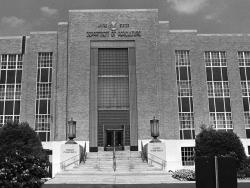
By the 1950s, synthetic fabrics - often wrinkle resistant and flame retardant - began to overtake cotton as the dominant U.S. textile fiber. To reverse this trend chemists and chemical engineers at the Southern Regional Research Center initiated research to modify cotton chemically. Their…
Read More
DayGlo fluorescent pigments, a new class of pigments based on fluorescent dyes and polymeric materials, were developed between the 1930s and 1950s by scientists at Switzer Brothers, Inc. (now Day-Glo Color Corp.). These pigments absorb various light frequencies (visible and invisible to the…
Read More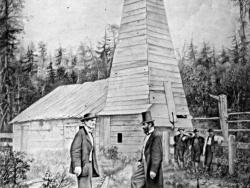
Long before Texas gushers and offshore drilling, and a century before oil wells dotted Arabian sands and rose out of Venezuelan waters, the center of petroleum production was western Pennsylvania. In the middle of the 19thcentury two developments occurred that guaranteed Pennsylvania’s dominance…
Read More
The story is so improbable it defies belief: a soil sample from Japan stops suffering in Africa. It starts when a scientist discovers a lowly bacterium near a golf course outside Tokyo. A team of scientists in the United States finds that the bacterium produces compounds that impede the activity…
Read More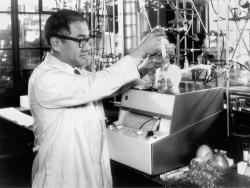
Flavor—encompassing both aroma and taste—provides the defining characteristic of how we experience food. Flavor has long been an enigma to scientists: Aristotle described two categories of taste, sweet and bitter. Today we recognize five basic tastes in food: sweetness, saltiness, sourness,…
Read MoreThe first commercial circulating fluid bed reactor, PCLA #1 (Powdered Catalyst Louisiana), went on stream on May 25, 1942, in the Baton Rouge Refinery of the Standard Oil Company of New Jersey (now ExxonMobil Corporation). This first use of powdered catalysts in continuous operation allowed the…
Read More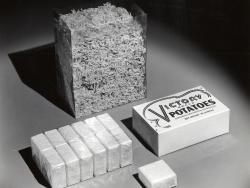
Instant mashed potatoes are commonplace on grocery shelves and have found wide use institutionally and in domestic and international food aid programs. The most successful form of instant mashed potatoes resulted from the flake process developed in the 1950s and 1960s at the Eastern Regional…
Read More
Frozen foods have become a staple of the modern diet. Freezing allows consumers to have access to foods previously unavailable or available only seasonally, and it provides convenience for many families. But frozen foods became commonplace only after World War II, in part due to research…
Read More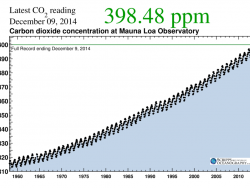
Charles David Keeling of Scripps Institution of Oceanography was the leading authority in establishing the global atmospheric carbon dioxide (CO2) record. In 1958, Keeling began measuring atmospheric CO2 concentrations from Hawaii’s Mauna Loa Observatory. Using rigorous analytical procedures,…
Read More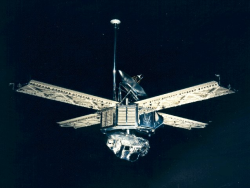
As much as we know today about the planets of the solar system, it’s almost incomprehensible that a mere 50 years ago we knew almost nothing about them. Observations of even Mars and Venus, Earth’s closest planetary neighbors, through Earth-based telescopes had provided only the most rudimentary…
Read More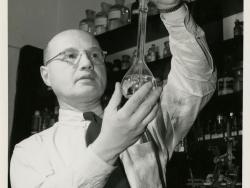
Izaak Maurits Kolthoff (1894–1993) has been described as the father of modern analytical chemistry for his research and teaching that transformed the ways by which scientists separate, identify, and quantify chemical substances. Once a collection of empirical recipes and prescriptions, the field…
Read More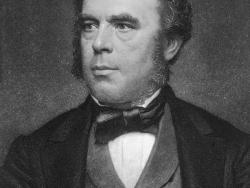
The American Chemical Society, the world’s largest scientific society, celebrated its 125th anniversary in 2001. Founded in 1876 in New York City, the Society now has 186 local sections in all 50 states, international chapters, and 32 technical divisions that bring together scientists with…
Read More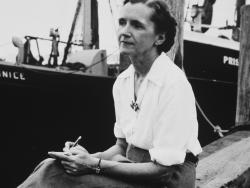
Rachel Carson’s Silent Spring, published in 1962, was a landmark in the development of the modern environmental movement. Carson’s scientific perspective and rigor created a work of substantial depth and credibility that sparked widespread debate within the scientific community and the…
Read MorePrior to its merger with the Carnegie Institute of Technology in 1967 to form Carnegie Mellon University, the nonprofit Mellon Institute for Industrial Research was a major, independent research corporation dedicated to promoting applied research for industry and educating scientific researchers…
Read More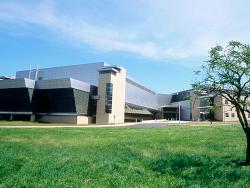
The federal government’s first physical science research laboratory was chartered by Congress on March 3, 1901, as the National Bureau of Standards, which became the National Institute of Standards and Technology in 1988. Recognizing the critical importance of chemical measures and standards,…
Read More

